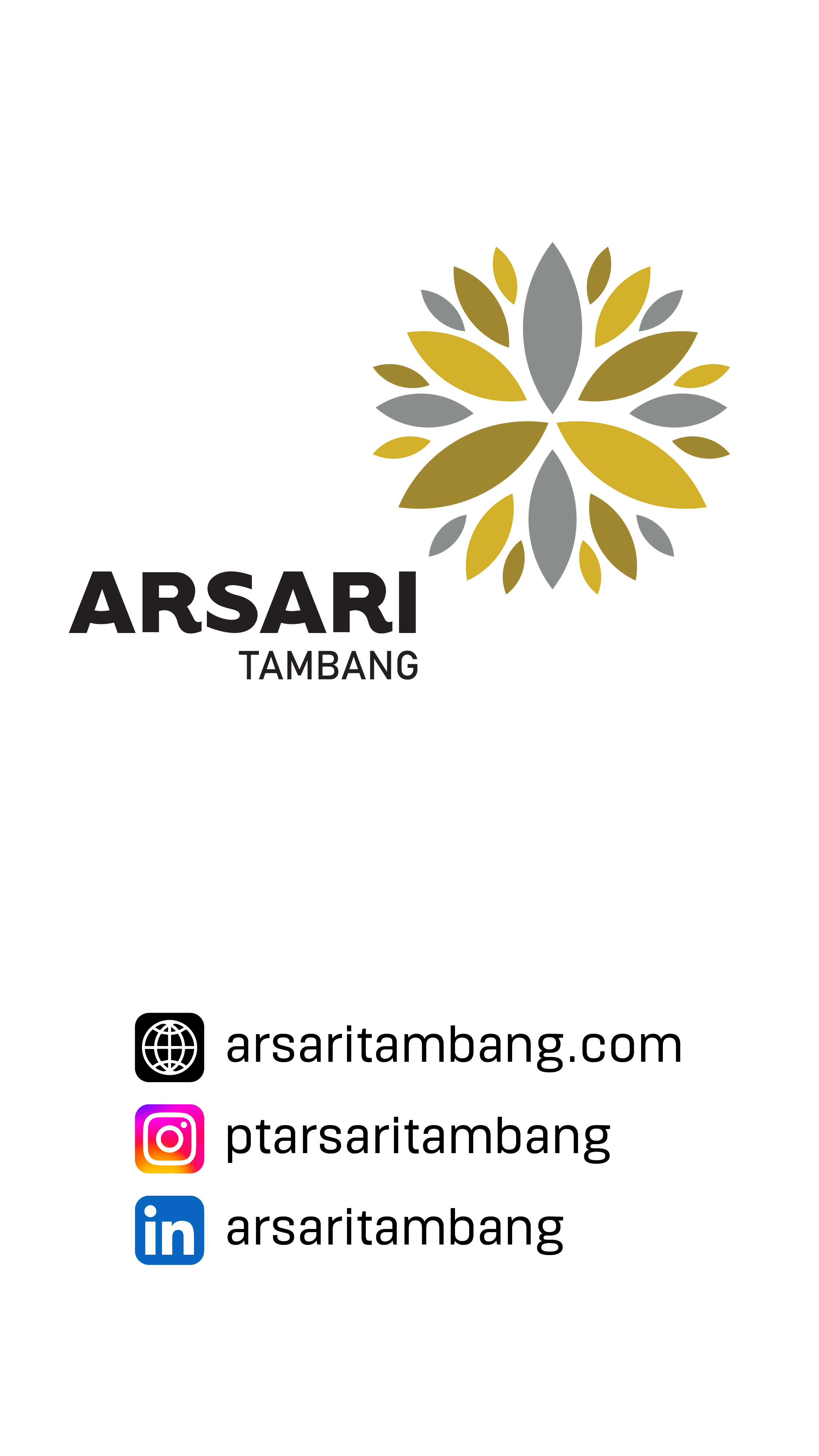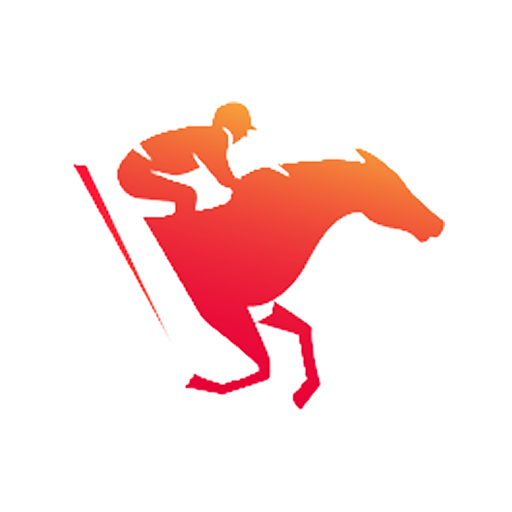



SARGA.CO – The world of horse racing in Indonesia follows a highly structured and professional system. Every racehorse that steps onto the track cannot compete randomly. All are organized within a strict classification system based on age, height, and breed.
This system is not only about regulations from PP PORDASI (Indonesian Equestrian Sports Association) but also ensures fairness, safety, and the quality of competition in every race. So, who races against whom? The answer lies in this class system.

1. Classification Based on Age Group
In horse racing, age is the primary foundation for determining a class. A horse’s age is calculated using the “birth cohort” system, which runs from August 1 to July 31 of the following year.
Here are the age groups in Indonesian horse racing:
2-Year-Old Debut: For young horses making their first appearance. Often used as an introduction to the track.
2-Year-Old Beginner A/B and C/D: Grouped based on performance or height. The higher the class (A/B), the more prepared and competitive the horse usually is.
3-Year-Old Juvenile & 3-Year-Old Derby: Classes that often attract national attention. The Derby is considered the highest level for 3-year-old horses.
4-Year-Old A/B and C/D: For mature horses. In this class, stamina, experience, and strategy play a major role in the final result.
Age classification is important because each stage of development—both physical and mental—is different. A 2-year-old horse cannot be compared to a 4-year-old with years of racing experience.
In addition to age, a horse’s height (measured from the ground to the withers) is also a key indicator for determining its class. In Indonesia, the system ranges from Class A to J, with the following details: For Classes A, B, C, and D, there is usually a further division based on distance: Sprint (short distance) and Long Distance.

A = 161.1 cm and above
B = 156.1 cm – 161 cm
C = 151.1 cm – 156 cm
D = 146.1 cm – 151 cm
E = 142.1 cm – 146 cm
F = 138.1 cm – 142 cm
G = 134.1 cm – 138 cm
H = 130.1 cm – 134 cm
I = 127.1 cm – 130 cm
J = 124.1 cm – 127 cm
This division ensures that horses race within fair physical categories, preventing extreme size advantages from one horse over another.
Racehorses are not only separated by age and height but also by bloodline and heritage. In official Indonesian races, there are three main breed classifications:

THB (Thoroughbred) Foreign – Imported horses or direct offspring of foreign Thoroughbreds.
THB (Thoroughbred) Indonesia – Thoroughbred horses born and bred in Indonesia.
KPI (Kuda Pacu Indonesia) – Indonesian-developed racehorses, a cross between local and foreign breeds.
Breed classification is crucial in race organization as it determines which classes a horse may enter and the level of competition. Foreign-bred Thoroughbreds typically have genetic and stamina advantages, so they are not grouped with KPIs to maintain fairness.

With this well-structured class system, Indonesian horse racing maintains fair competition on the track, ensures the safety of both horses and jockeys, fosters young talent from various stables, and enables a smooth regeneration of champions from different age groups. It also allows stable owners, trainers, and jockeys to develop better strategies—selecting races that best suit their horse’s condition.






















































Install SARGA.CO News
sarga.co